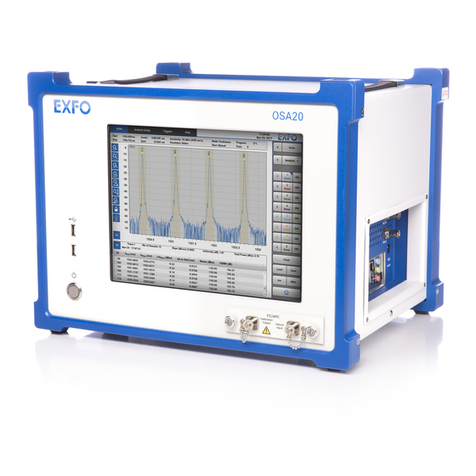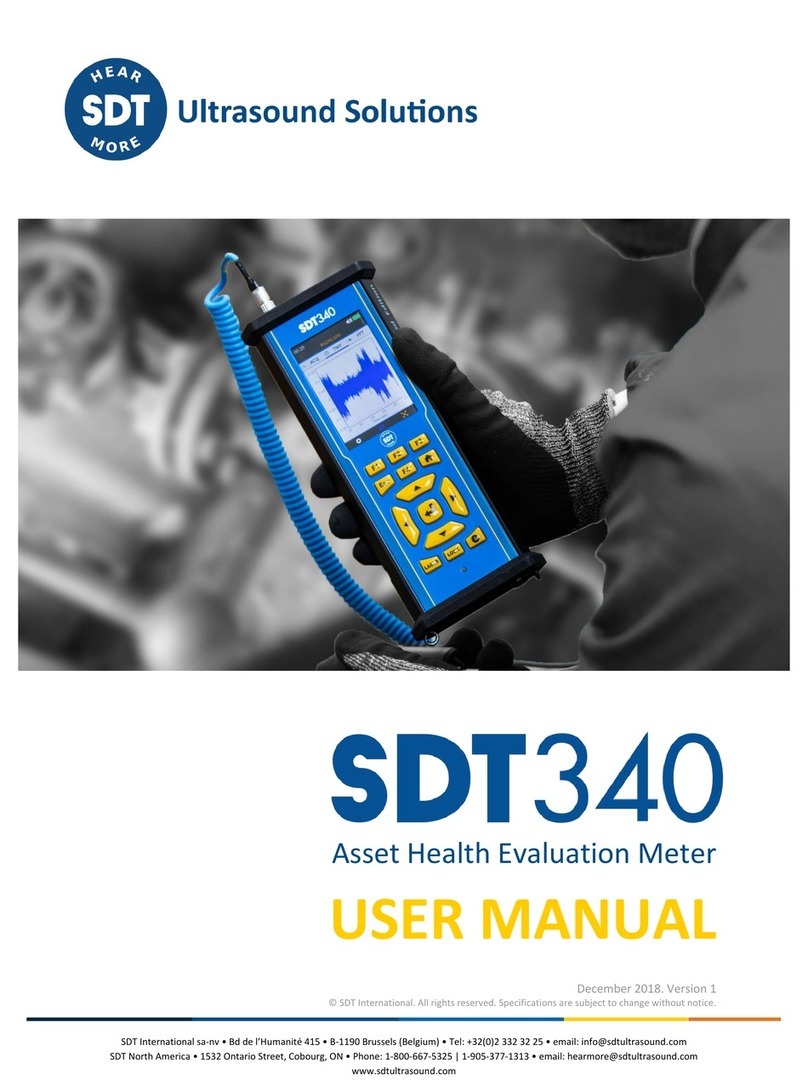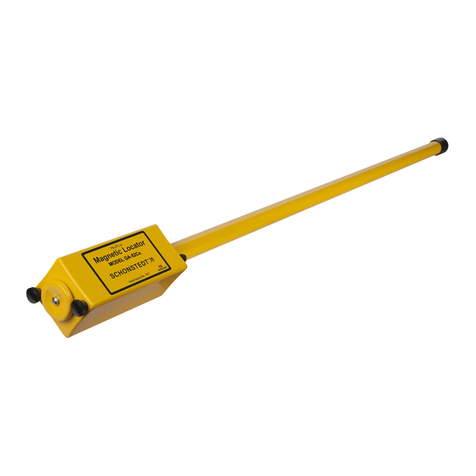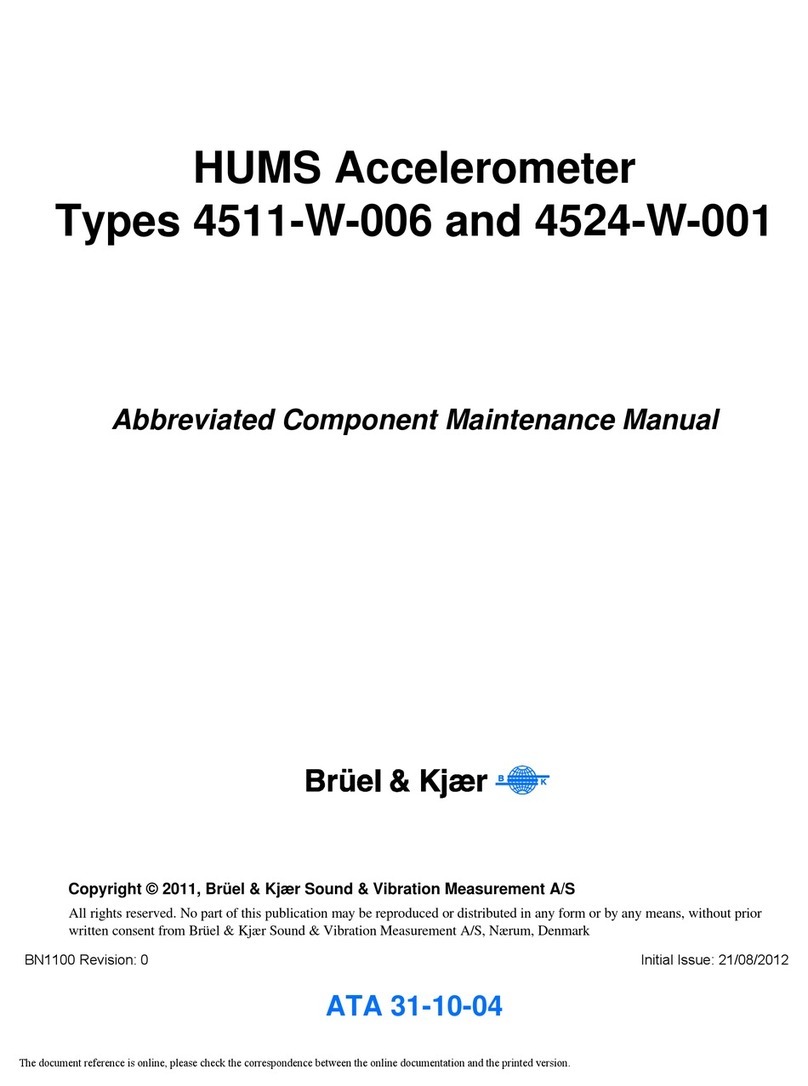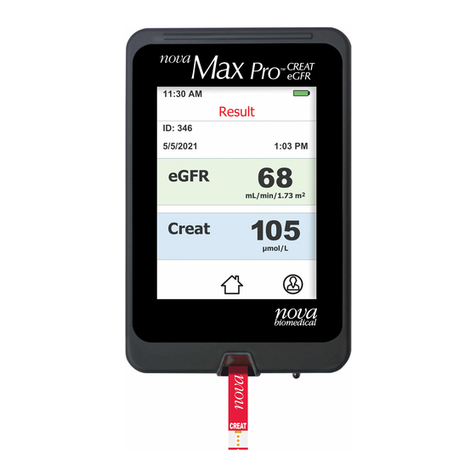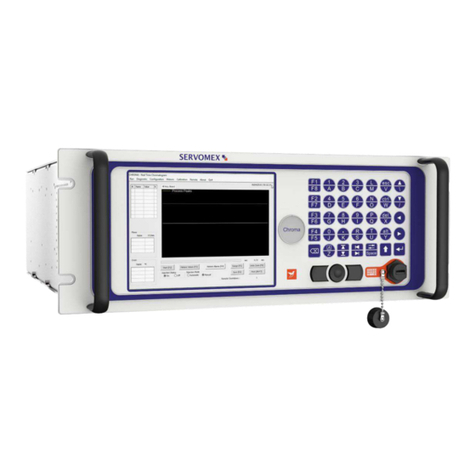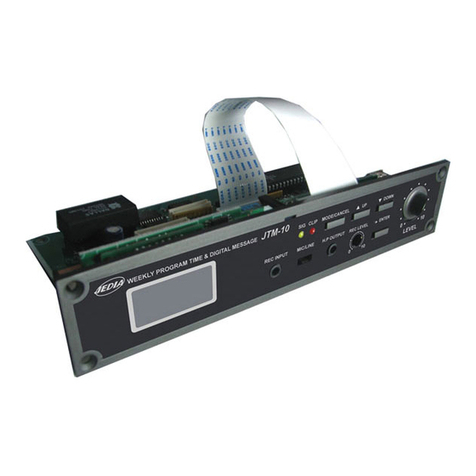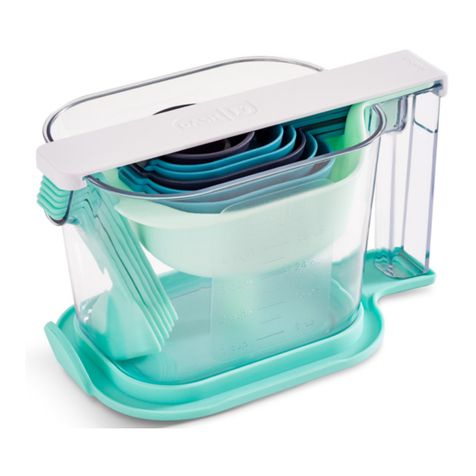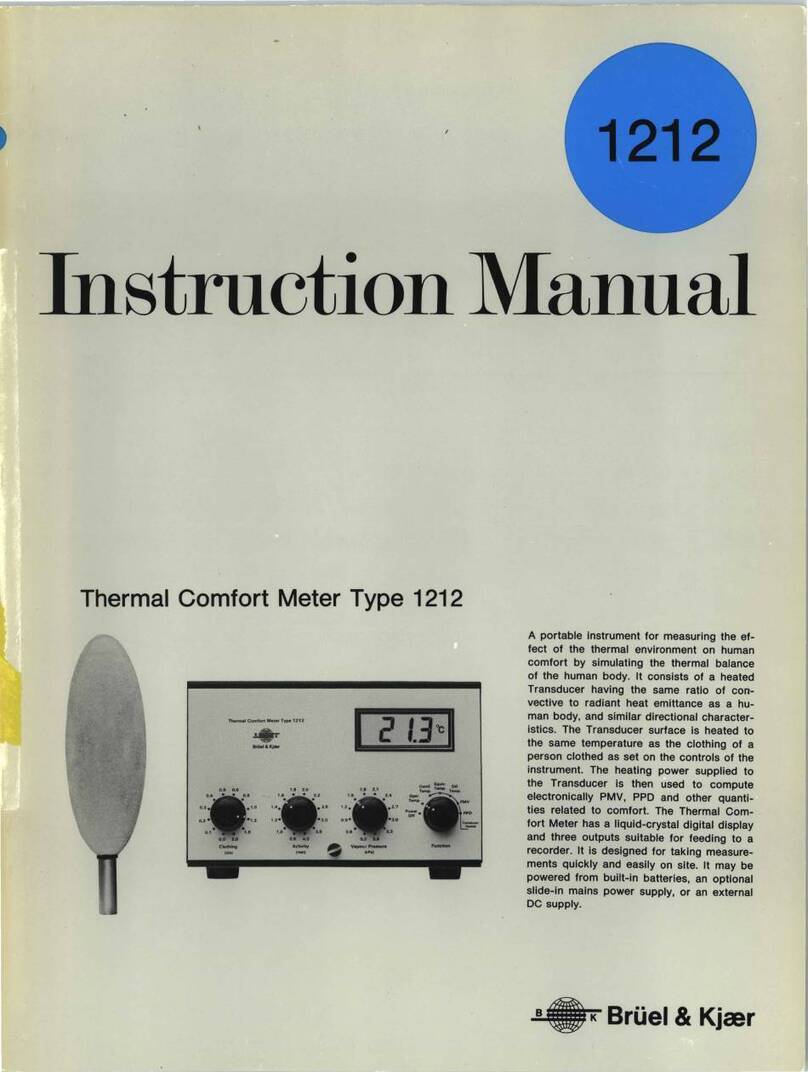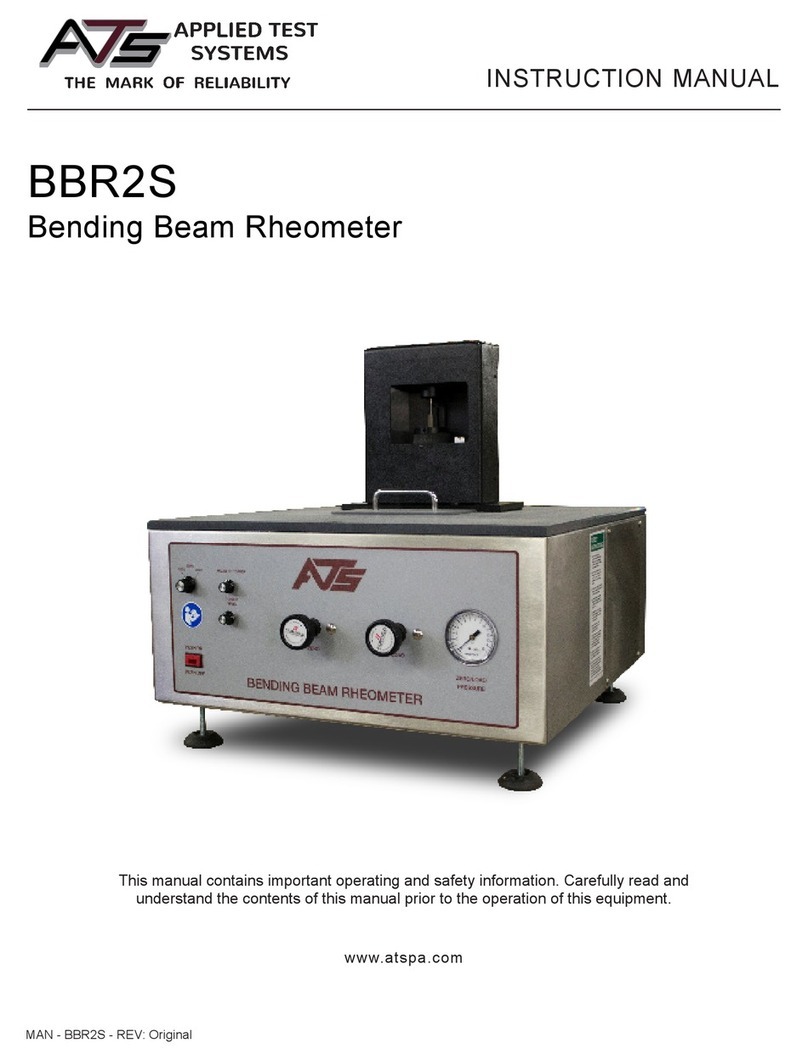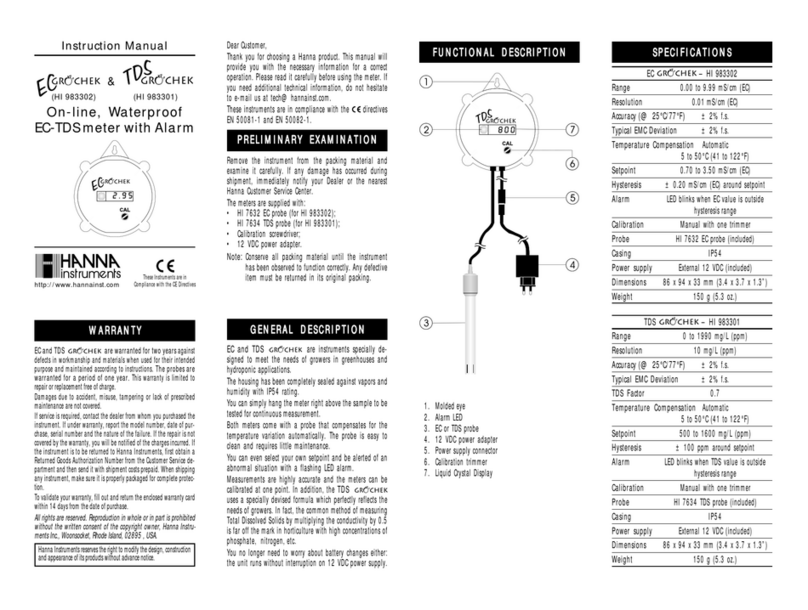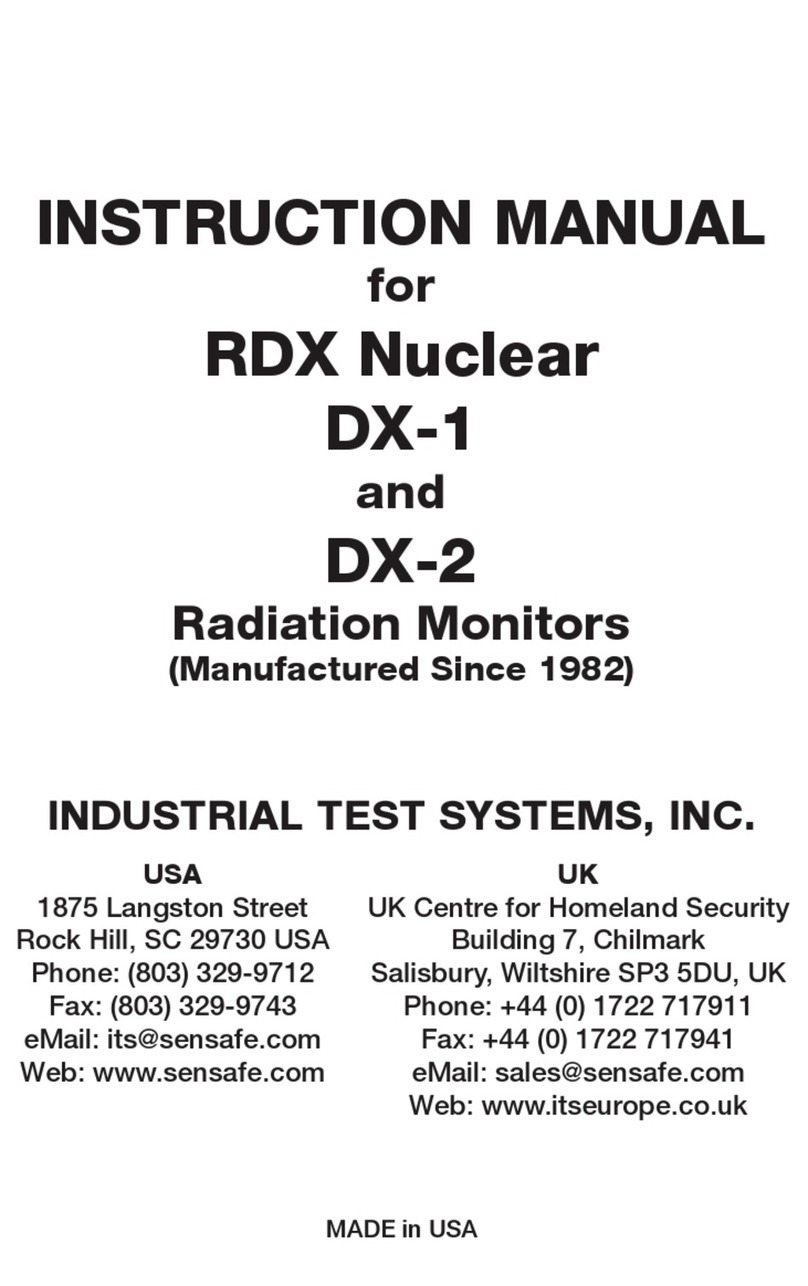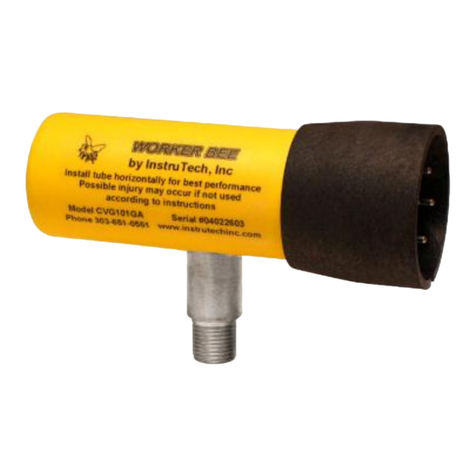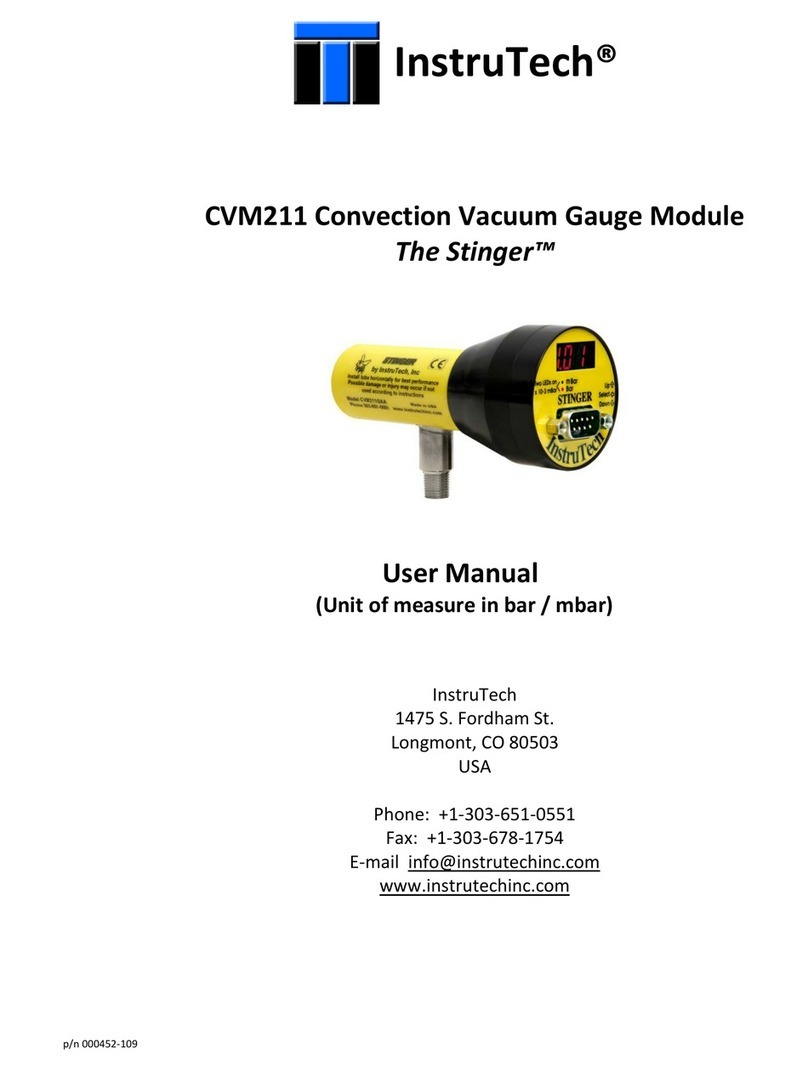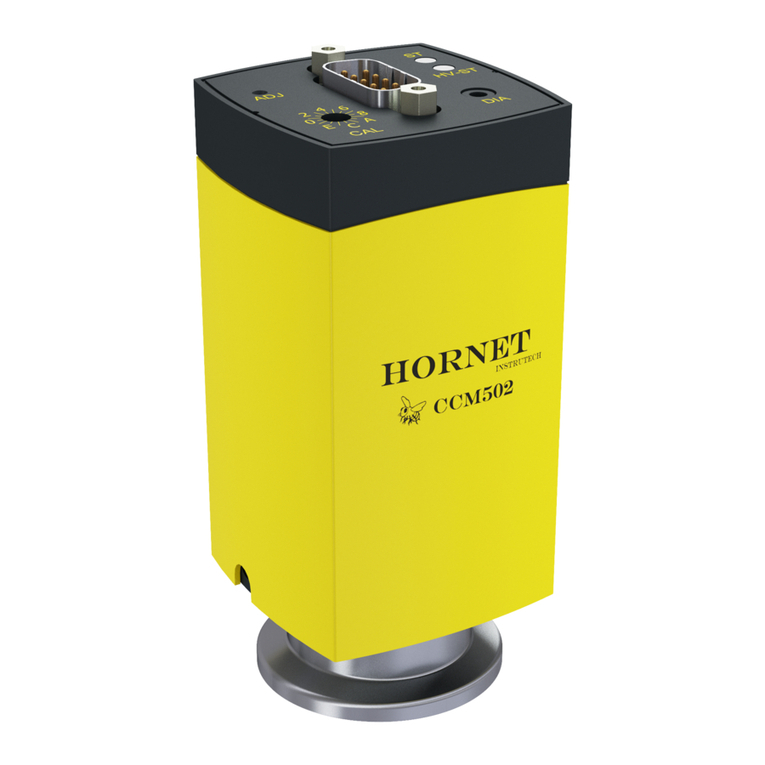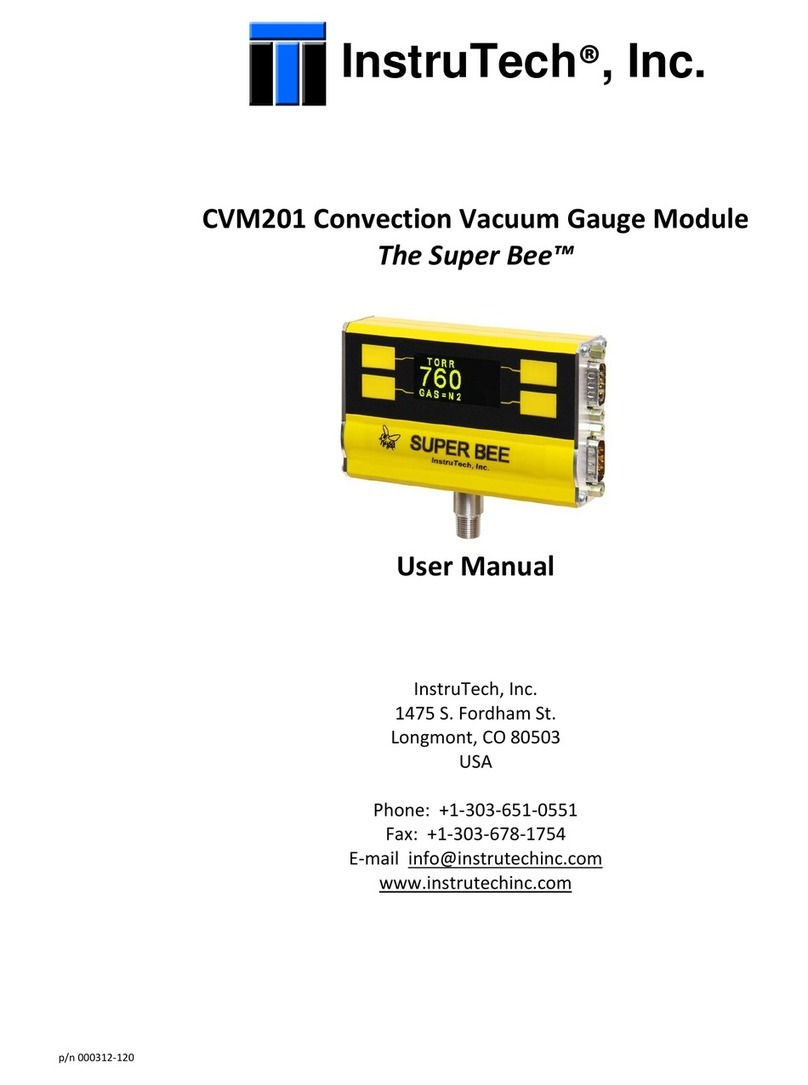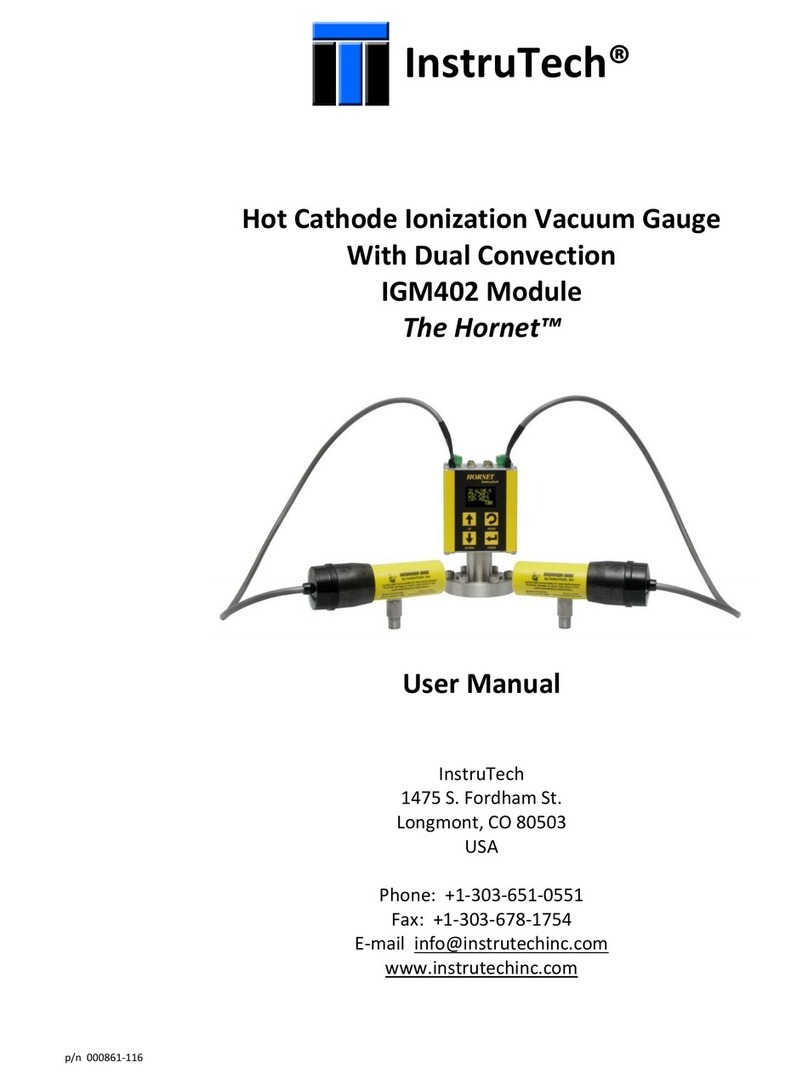InstruTech Page 1
Table of Contents
1 Introduction / General Information....................................................................................................................3
1.1 Description .................................................................................................................................................3
1.2 Specifications .............................................................................................................................................3
1.3 Dimensions.................................................................................................................................................4
1.4 Part Numbers .............................................................................................................................................5
1.5 Options & Accessories................................................................................................................................6
2 Important Safety Information.............................................................................................................................7
2.1 Safety Precautions - General......................................................................................................................7
2.2 Safety Precautions - Service and operation ...............................................................................................8
2.3 Electrical Conditions...................................................................................................................................8
2.3.1 Proper Equipment Grounding............................................................................................................8
2.3.2 Electrical Interface and Control..........................................................................................................9
2.4 Overpressure and use with hazardous gases.............................................................................................9
2.5 Gas Dependency.......................................................................................................................................10
3 Installation ........................................................................................................................................................10
3.1 Mechanical Installation............................................................................................................................10
3.2 Electrical Installation................................................................................................................................11
3.2.1 Grounding.........................................................................................................................................11
3.2.2 Connector.........................................................................................................................................12
3.2.3 Connector pin-out............................................................................................................................12
4 Setup and Operation.........................................................................................................................................13
4.1 Gauge start up and operation..................................................................................................................13
4.2 Gauge Status LEDs....................................................................................................................................13
4.3 Gauge Display...........................................................................................................................................14
4.4 Programming & configuration .................................................................................................................17
4.4.1 Relay setpoint characteristics (setpoint assigned to vacuum system pressure) .............................18
4.4.2 Programming the SP1 & SP2 setpoints with button on the gauge ..................................................20
4.4.3 Relay setpoint characteristics (atmospheric pressure (ATM) setpoint)...........................................21
4.4.4 Zero adjustment...............................................................................................................................22




















